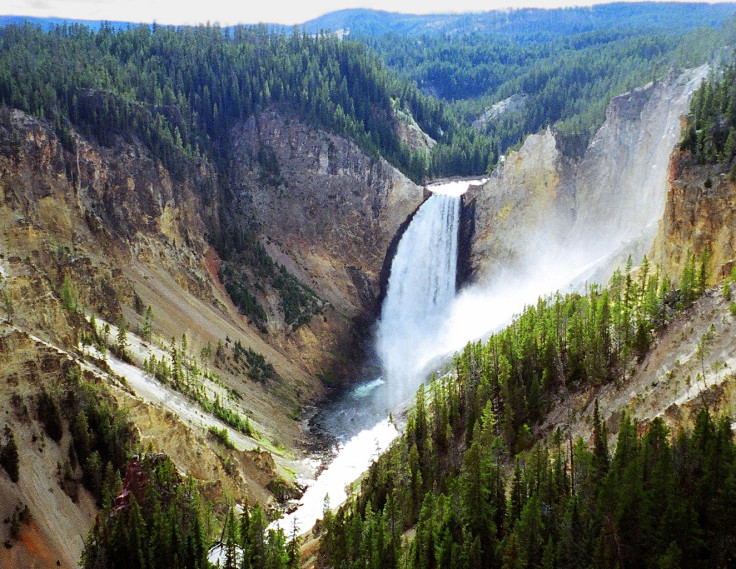When will Yellowstone supervolcano erupt again? Scientists might have worked it out

There may be a way to work out when Yellowstone supervolcano will next erupt, scientists have said.
The supervolcano beneath Yellowstone National Park has not erupted for around 70,000 years. When it next erupts, scientists say most of the US will be covered by a blanket of ash, while there will be major climate changes felt across the globe.
Currently, experts say they are 99.9% confident Yellowstone will not blow in the 21<sup>st century but no one knows exactly when the next event will be.
Published in the journal Geology, scientists from Arizona State University have now said there may be a way to work out when the supervolcano will wake up from its lengthy slumber.
Researchers looked at Yellowstone's past coupled with new microanalytical techniques to look at chemical concentration gradients in magma crystals. This allowed them to work out the timescale between reheating and eruption of the volcano.
Christy Till, one of the study authors, said: "We find that the last time Yellowstone erupted after sitting dormant for a long time, the eruption was triggered within 10 months of new magma moving into the base of the volcano, while other times it erupted closer to the 10-year mark."

The countdown for an eruption begins when there is evidence of magma moving into the crust. When this happens, scientists will know through instruments detecting precursors like earthquake swarms.
Researchers also note that while there have been three major eruptions in the last 2.1 million years, there were also 23 smaller eruptions since the last big one 640,000 years ago. In between eruptions, magma slowly cools forming crystals over thousands of years, before it is reheated again. The crystals act like tree rings, allowing scientists to reconstruct its history.
Till said: "How quickly can you reheat a cooled magma chamber and get it to erupt? Our results suggest an eruption at the beginning of Yellowstone's most recent volcanic cycle was triggered within 10 months after reheating of a mostly crystallised magma reservoir following a 220,000-year period of volcanic quiescence.
"A similarly energetic reheating of Yellowstone's current sub-surface magma bodies could end approximately 70,000 years of volcanic repose and lead to a future eruption over similar timescales."
© Copyright IBTimes 2025. All rights reserved.






















